Nazareth House, Durban
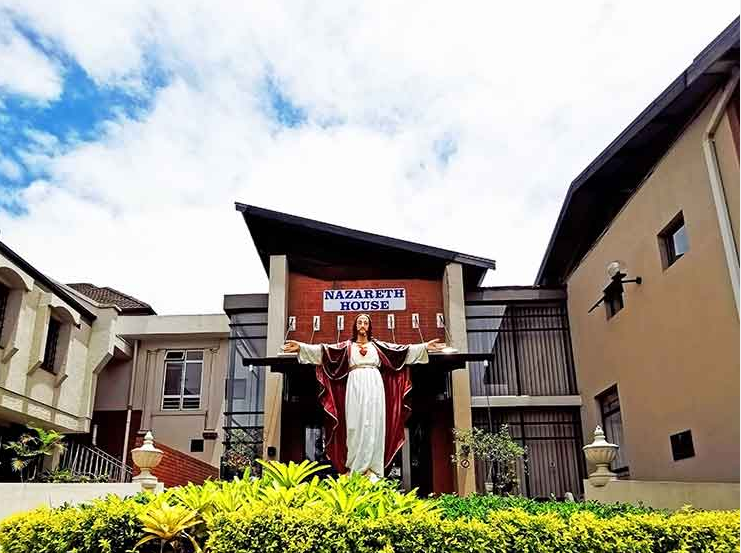
The official reopening of Nazareth House in Durban took place on Saturday, June 8, 2019. Members of the public had been invited to tour the facility and meet the management team.
This time last year, its future was uncertain.
Golden Gate Highlands National Park, Free State
Rejuvenation is on offer at Golden Gate Highlands National Park! Spend time in the majestic Maluti Mountains, hiking, horse riding, exploring caves and much more in their indescribable golden glow. The vulture’s restaurant (bird hide) welcomes birders to a proper vulture feast.
Inkamana High School, Vryheid
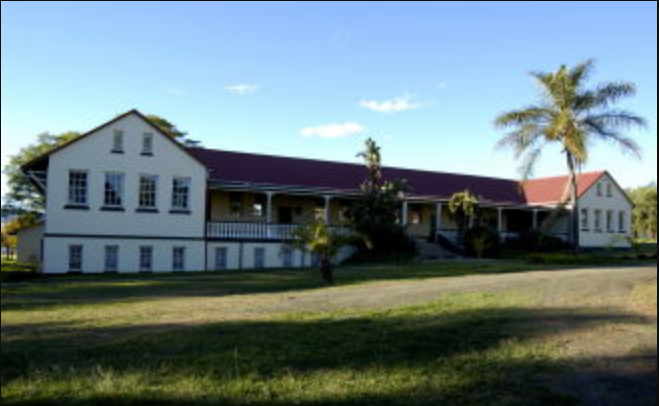
Situated in the heart of the Zululand, Inkamana High School was started February 2 in 1923 as an intermediate School with only one class of grade 5 by Benedictine Missionaries from Germany. The new school had 15 pupils, four boys and eleven girls, all from Vryheid and the Paulpietersburg district. They were all boarders at Inkamana. They paid sixpence a month for school fees and brought farm and garden products to pay for their boarding accommodation.
The first Junior Certificate Examination was held at Inkamana in November 1934.
eThekwini Municipality
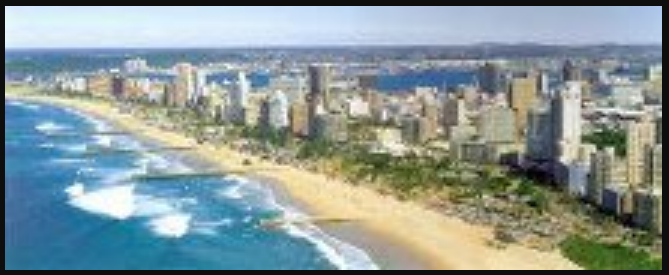
EThekwini Municipality is a Category A Municipality found in the South African province of KwaZulu-Natal. The Area is topographically hilly, with many gorges and ravines, and almost no true coastal plain.
Dundonald, East Mpumalanga
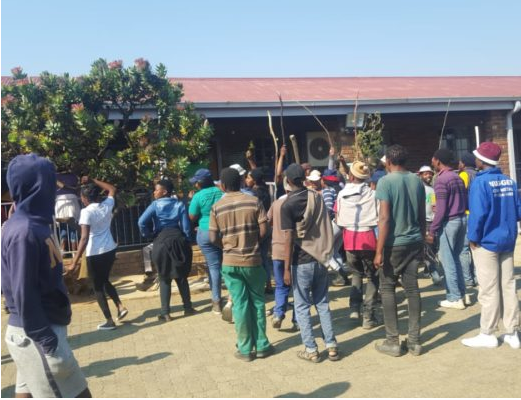
MPUMALANGA - Dundonald is located in the Gert Sibande district municipality east Mpumalanga. It was part of the former homeland KaNgwane established under apartheid’s Group Areas Act.
Though KaNgwane was dissolved in 1994 along with the other nine homelands, Dundonald residents remain isolated to this day. Growing up without basic infrastructure, A community member, Thulasizwe. Remembers fetching water from a shared well, before communal taps were introduced. Today, it is common place to see people carrying firewood from the nearby forests.
Tiffindell Ski Resort, Eastern Cape
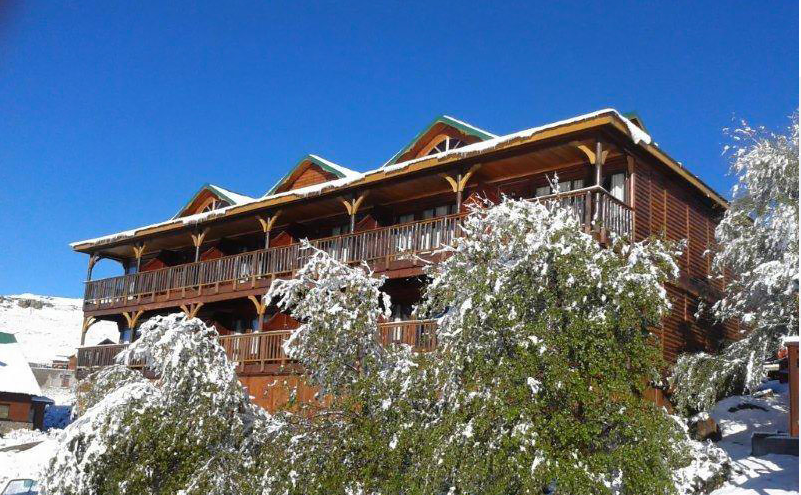
Tiffindell Ski Resort - South Africa's only ski resort situated in Barkley East, Eastern Cape, South Africa's only snow ski resort! Tiffindell Ski Resort began in 1993 and is a fully equipped ski and snowboard resort with state of the art snowmaking and grooming equipment, ski lifts, restaurant, ski shop, ski school, conference facility and accommodation for over 150 guests.
The resort is 2720m above sea level in the Eastern Cape Highlands and offers winter skiing each year by way of natural and man-made snow! Non skiers may come and enjoy a unique South African snow experie
Cairo, Capital City of Egypt
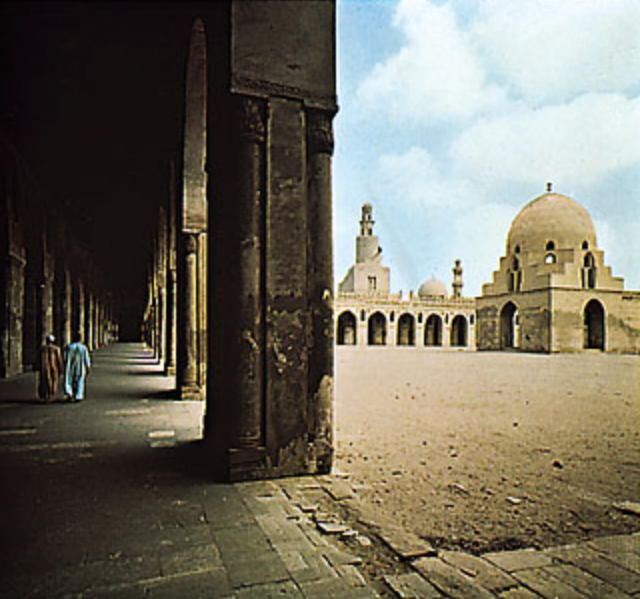
It is also the 19th largest city in the world, and among the world's most densely populated cities. On the Nile river, Cairo is famous for its own history, preserved in the fabulous medieval Islamic city and Coptic sites in Old Cairo. ... Since the revolution in 2011, the tourists have fled Cairo to a large extent. No visit to Cairo would be complete without a day trip to the Pyramids of Giza, perhaps the most famous ancient site in all of Egypt.
Clarens, Eastern Free State
Clarens, a small Town situated in the Eastern Free State which was established in 1912. The Village of Clarens, was a result of two Farms being sold; 'Leliehoek' and Naauwpoort'. The two Farms were then divided into plots and sold for fifty Pounds each! This became a Village and was named Clarens after the History that President Paul Kruger was in voluntarily exile for his his last days in the Town of Clarens, in Switzerland!
Windhoek, Capital City of Namibia
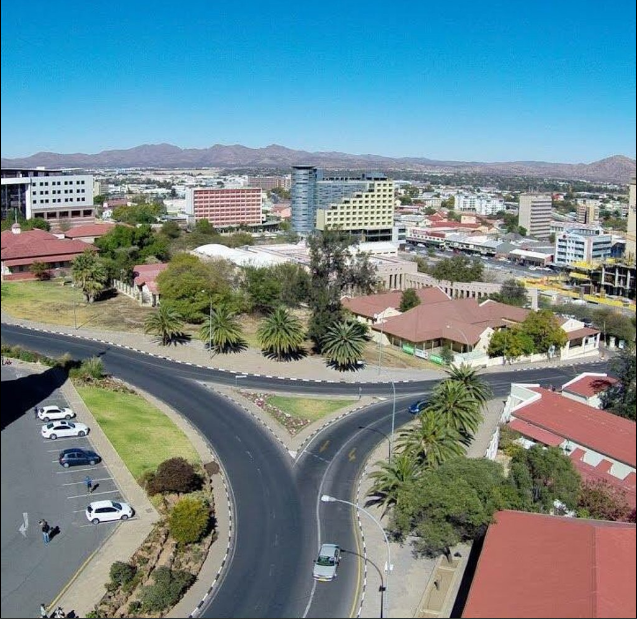
Windhoek is the capital and largest city of the Republic of Namibia. If Namibia is Africa for beginners, then Windhoek is very much its capital in more than name only. It's the sort of place that divides travellers, with those who love it for the respite it offers from the rigours of life on the African road facing off against those who find it a little too 'Western' for their African tastes.
Siyathemba Township, Balfour
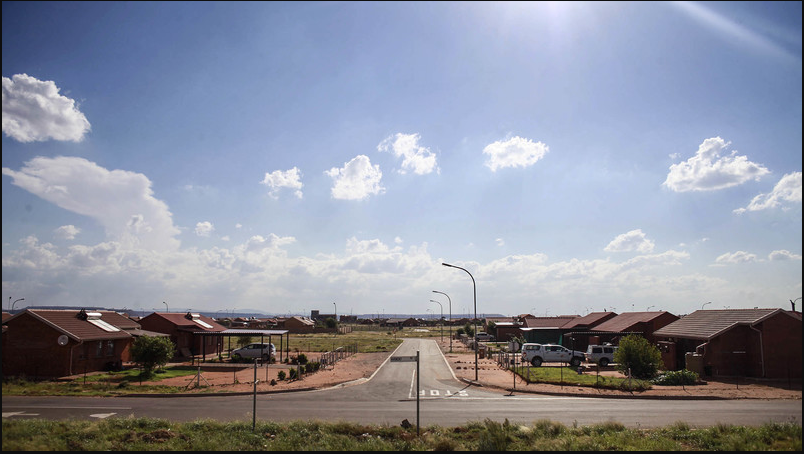
The Dipaleseng Local Municipality is a Category B municipality situated in the Gert Sibande District in the Mpumalanga Province. It is bordered by Lekwa and Govan Mbeki to the east, the Free State Province to the south, and the Gauteng Province to the west. It is the smallest of seven municipalities in the district.
Balfour is the seat of the municipality and is its major town. It is situated approximately 80 km south-east of Johannesburg.